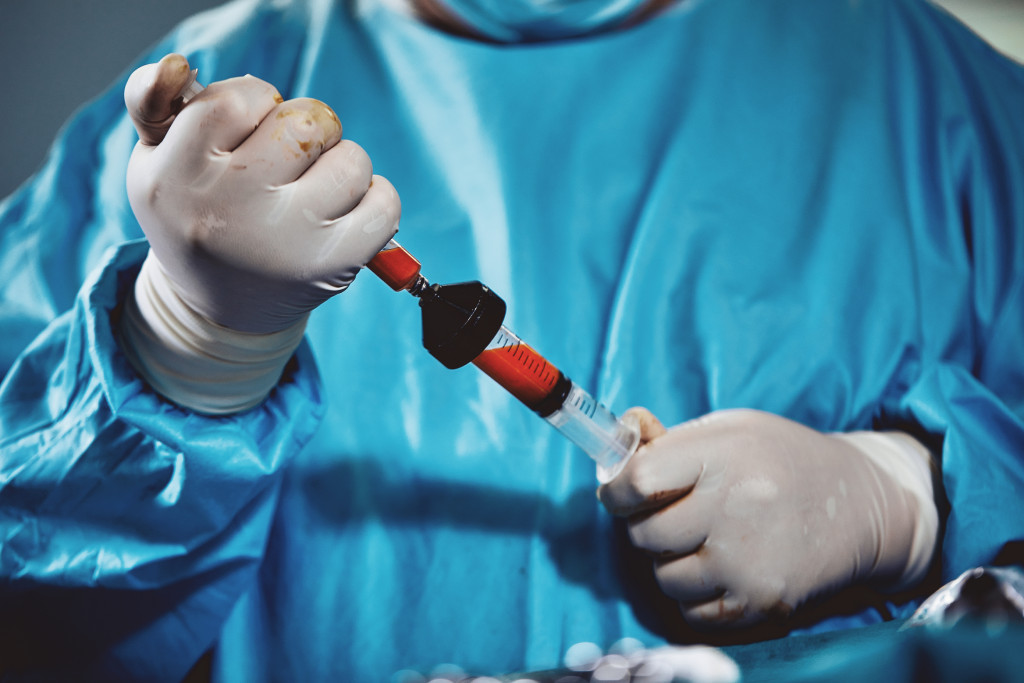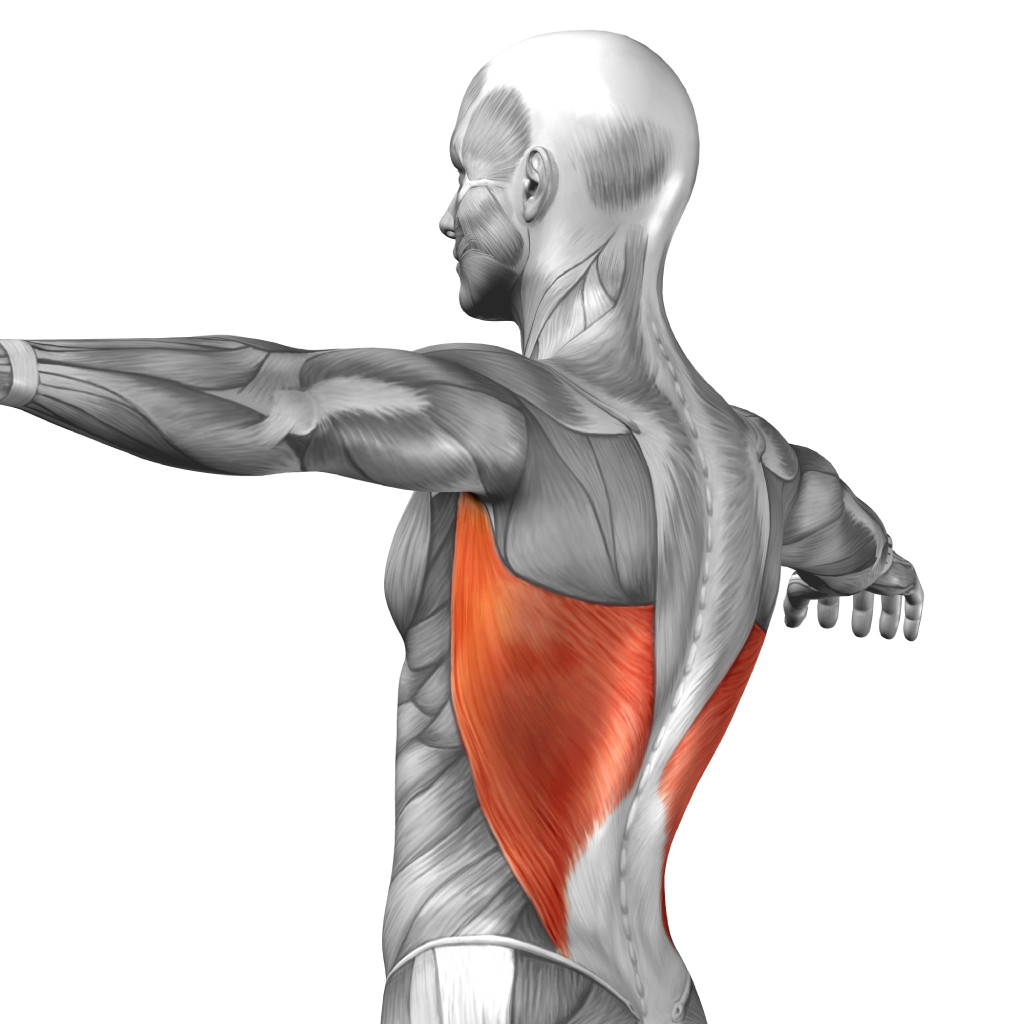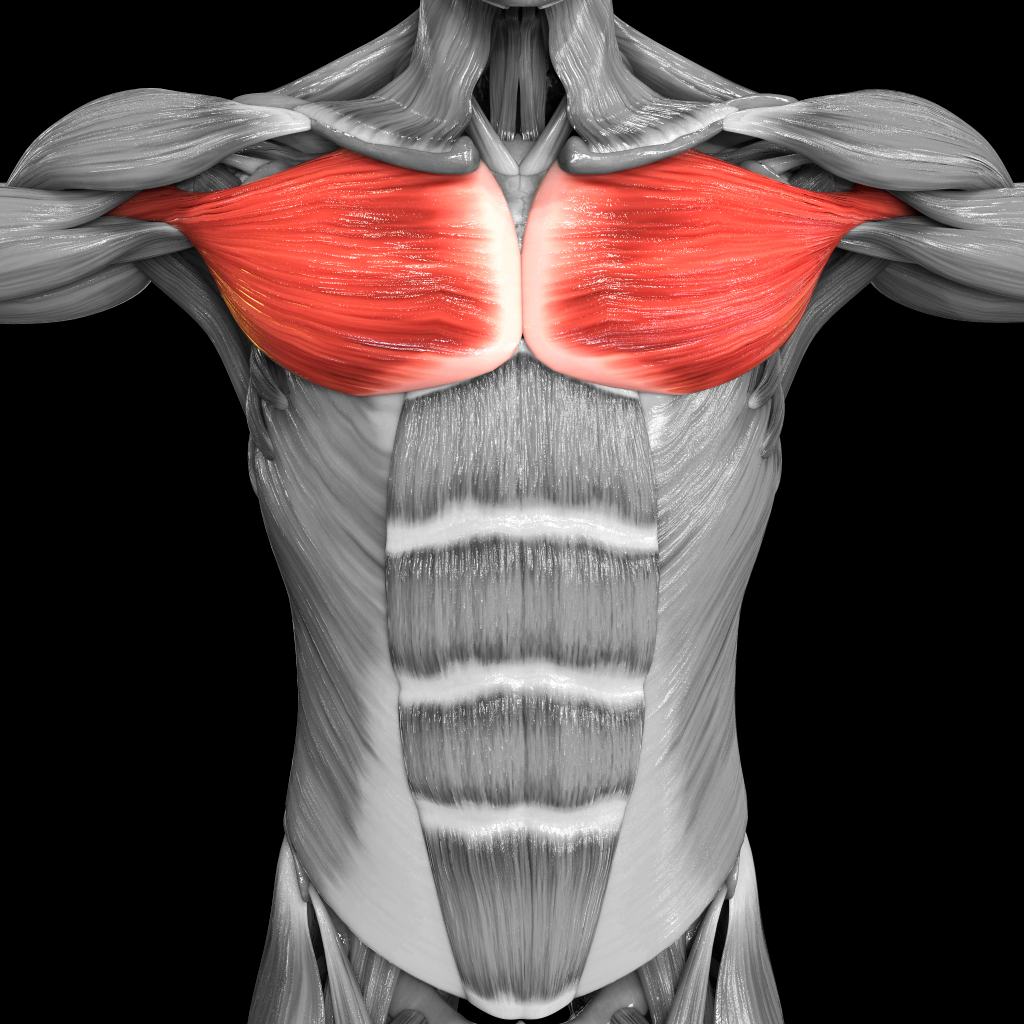Surgical Procedure Options for Poland’s Syndrome: A Comprehensive Guide
Poland’s syndrome is a congenital condition affecting the chest wall and frequently requires surgical intervention to treat the related chest wall and extremity deformity. Dallas plastic surgeon Dr. Azouz discusses the several surgical procedures available for Poland’s syndrome. If you are considering these treatments, it is important to visit a board-certified plastic surgeon, such as Dr. Solomon Azouz, for personalized guidance.
Tissue Expanders
Tissue expanders are often used in cases of Poland’s syndrome, particularly in children and young adults whose bodies are still developing. On the affected side, an inflatable silicone balloon is placed beneath the skin and chest muscles. The expander is gradually filled with sterile saline solution over several months to stretch the skin and surrounding tissues before being replaced with a permanent implant.
Tissue expanders have several advantages, including their suitability for young patients with continuous growth and their ability to produce natural-looking results. However, they involve multiple surgeries for expansion and implant placement, prolonging the process.
Many times, Dr. Azouz may not recommend tissue expanders as they can be painful, prone to infection, or can extrude from their incision line. Therefore, Dr. Azouz may recommend other options for the reconstruction of Poland syndrome in minors and adults, such as stage procedures, temporary conservative management, or treatment of associated conditions prior to the placement of chest or breast implants.
Implants for Poland’s syndrome
Implants involve surgically implanting silicone or saline breast implants for women to increase the volume and symmetry of the affected chest. This approach is beneficial for women with Poland’s syndrome because their growth is typically complete at an earlier age. Pectoral implants are considered in men, intended to improve chest appearance. They are an option for men with Poland’s syndrome who want a more muscular and defined chest. Generally, men will take longer to develop their adult musculature and bone structure than women with Poland syndrome.
The advantages of implants include their quick and effective treatment as well as the fact that they offer more rapid outcomes. However, they may necessitate future implant adjustments and may not improve chest function. Chest function may need to be treated with other options, such as combined management by thoracic surgeons.
Fat Grafting

Fat grafting, also known as lipofilling, is a procedure that uses the patient’s own fat obtained from other parts of the body to augment the chest. This method can be used in conjunction with tissue expanders or implants to improve chest shape and symmetry.
Fat grafting has the advantage of utilizing the patient’s natural tissue and can be employed for minor volume repairs. However, multiple sessions may be necessary to attain the desired outcomes, and some of the transferred fat may not survive. Fat grafting is possible in men and women.
Muscle Flaps

Muscle flaps are considered in patients with severe Poland’s syndrome with substantial chest muscle absence. This surgical method involves moving muscle tissue from another section of the body, often the latissimus dorsi, to the chest for muscle reconstruction. Muscle flaps are advantageous since they theoretically increase functionality as well as appearance and provide long-term results. However, they involve a more extensive recovery, and they are associated with large incisions. Additionally, it is typical that the muscles will not function exactly like a pec muscle. This means the muscles will atrophy or thin out over time.
Many patients are very dissatisfied with the latissimus or other muscle flaps they have had in conjunction with tissue expanders. Dr. Azouz often must revise patients who have had muscle flaps with various Poland syndrome revision surgery techniques.

Poland’s syndrome has a profound impact on an individual’s self-esteem and quality of life. Surgical techniques such as implants, fat grafting, and contralateral male or female breast reduction provide efficient solutions to both the cosmetic and functional elements of this condition. Call plastic surgeon Dr. Azouz at (972) 702-8888 to schedule a consultation with a board-certified plastic surgeon who has expertise in treating Poland syndrome. He can provide personalized options for the best technique to treat Poland’s syndrome for a variety of patients, both male and female.
Posted on behalf of
